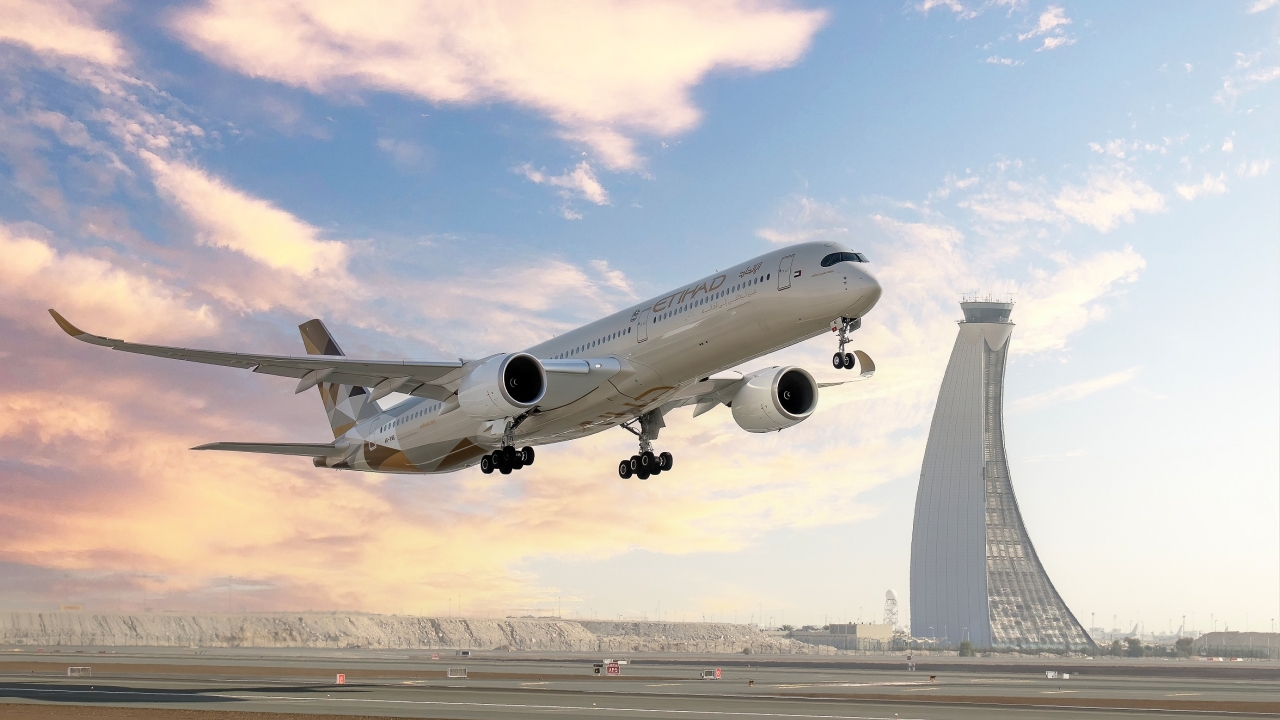Middle East leads on continuing air freight recovery

The first two months of 2014 have seen an overall 3.6% improvement in demand over the previous year. This continues the strengthening in cargo markets which began in the second half of 2013.
“Cargo has had a positive start to the year. There is good cause for measured optimism for the cargo industry’s prospects in 2014. The 3.6% growth in demand recorded over the first two months of this year is a significant step up from the 1.4% growth in demand over the whole of 2013,” said Tony Tyler, IATA’s director general and CEO.
“There are, however, some serious trends which are not in the industry’s favor. Companies continue to ‘on-shore’ their manufacturing supply chains. The world’s top 20 economies implemented some 23% more protectionist measures last year than in 2009. These factors are a major part of the reason why we are not seeing trade growth of 5-6%, which we would expect to see at the current level of domestic production. Currently trade and domestic production growth is running at about the same level. The World Trade Organization’s agreement in Bali late last year gives hope for invigorated world trade. It’s important that governments keep their commitments,” said Tyler.
The vast majority of the growth in cargo was realised by airlines in the Middle East and Europe who recorded 11.9% and 5.5% growth respectively compared to the previous February.
|
Feb 2014 vs. Feb 2013 |
FTK Growth |
AFTK Growth |
FLF |
|
International |
2.8% |
2.5% |
49.0% |
|
Domestic |
3.6% |
1.8% |
29.0% |
|
Total Market |
2.9% |
2.3% |
44.8% |
|
YTD 2014 vs. YTD 2013 |
FTK Growth |
AFTK Growth |
FLF |
|
International |
4.0% |
4.0% |
47.6% |
|
Domestic |
1.6% |
2.4% |
29.6% |
|
Total Market |
3.6% |
3.7% |
43.9% |
Analysis by Region
Regional performance was mixed. European and Middle-Eastern carriers continue to grow strongly. North American and Asia-Pacific markets, on the other hand, were basically flat or declining.
• Asia-Pacific carriers grew just 0.1% in February, compared to a year ago. As in 2013, the impact of Lunar New Year (which fell on January 31) may have dampened demand a little in February. Regional trade growth in recent months has been improving, so stronger air freight growth should be posted in the months ahead. Chinese economic performance, however, may be on the verge of a slowdown, which would restrict trade and freight demand. Capacity grew faster than demand, at 3.9%.
• North American airlines experienced a slight contraction of 0.3% year on year. However, February business indicators in the manufacturing sector were close to a three-year high, suggesting that growth in exports and air freight demand should resume. Capacity fell 1.9% which helped shore up the load factor to 35.1%.
• European carriers have seen a steady increase in demand since mid-2013. The February year-on-year growth rate of 5.5% was only slightly down from the 5.8% recorded in January. Business activity indicators are at their highest since 2011, and trade is growing particularly strongly in central and Eastern Europe. Capacity was up 1.7%.
• Middle Eastern carriers continue to record double-digit growth in freight volumes, up 11.9% compared to a year ago. Airlines in the region are benefitting not only from the stronger growth in developed economies but also from expanding trade with emerging economies. Capacity grew slower than demand, by 9.2%.
• Latin American airlines saw solid 6.1% growth in February, continuing a trend that started in the second half of 2013. Indicators for Latin America as a whole are positive. Even the weakness in the region’s largest economy, Brazil, is expected to get a boost from the upcoming FIFA World Cup. Capacity in the region grew just 1.7%.
• African airlin
Stay up to date
Subscribe to the free Times Aerospace newsletter and receive the latest content every week. We'll never share your email address.

